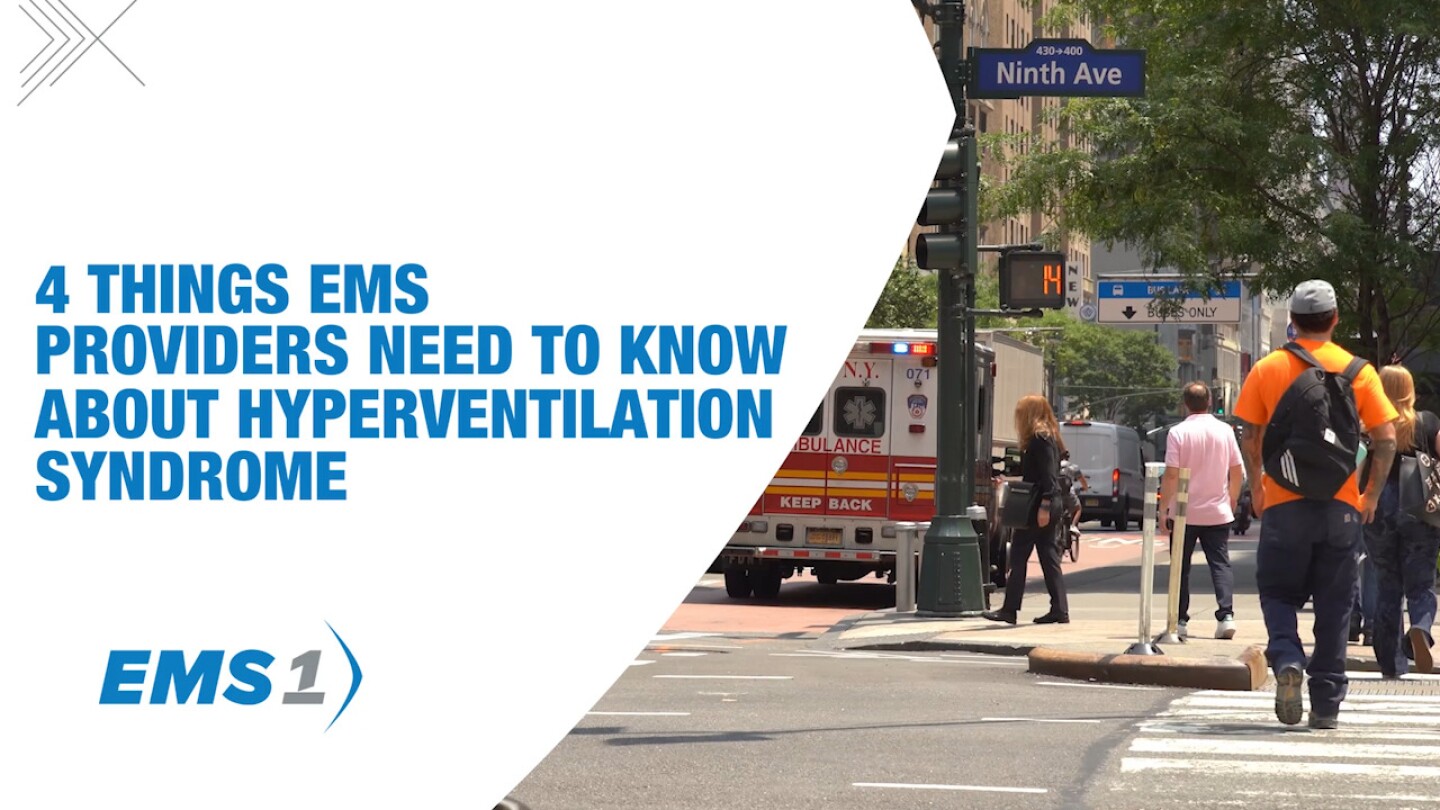Capnography
Discover our directory of articles on Capnography in EMS, designed to equip professionals with the knowledge needed to effectively monitor and interpret end-tidal CO2 levels. This collection covers capnography in various scenarios, including respiratory emergencies, cardiac arrest, and airway management. Understanding capnography is essential for making informed decisions in critical situations. For more insights, explore our resources on Airway Management. Stay informed and improve your patient care with our expert guidance on capnography.
Anxiety and emotion can spiral into respiratory compromise that is self-reinforcing, frightening and an EMS-treatable emergency
Understand the role of pulse oximetry and waveform capnography to assess and treat patients who are hyperventilating
Props and tricks can add creativity into your next airway management adventure during simulation or on the job
Learn about pediatric lung diseases that present with asthma-like symptoms to EMS providers
Jon Puryear presented an engaging and hands-on session that stressed understanding normal waveforms to recognize what’s abnormal
AMR follows collaborative process to identify treatments, assessments that make the most difference to patient health and satisfaction
The head of resuscitation at the University of California - San Diego hospital sits down with SA���ʴ�ý to talk about the present and future of capnography in patient care
A look at current and future trends in EtCO2 monitoring
SA���ʴ�ý sits down with Mike McEvoy, EMS coordinator for the Saratoga County (N.Y.) EMS, to discuss his hometown agency’s in-field utilization of capnography to better treat their patients
SA���ʴ�ý readers shared their suggestions on how to get the most out of the method
Here are a few of the ways that CO2 monitoring is helpful in the prehospital environment
Waveform capnography is exciting technology that has the potential to become very useful in the prehospital setting
The objective is to optimize circulating oxygen and carbon dioxide
Capnography is standard of care for all intubated patients and should be for all major medical patients
Monitoring ETCO2 with waveform capnography gives EMS providers real-time feedback to make treatment decisions and improve care for a multitude of medical problems and traumatic injuries
EMS providers need to understand the basics of electrolytes to better assess and treat patients with metabolic emergencies
CPAP for emergency management of congestive heart failure and other respiratory emergencies has become the standard of care
Despite the overwhelming amount of literature supporting CPAP use, very few services use it beyond verification of tube placement
Capnography not only helps you diagnose and treat your patient, it also helps you see if your treatment is working
There is a growing body of evidence that suggests that hyperventilation of intubated patients with head injuries increases both morbidity and mortality
Everyone likes new equipment, but before you run to your boss to make your case, ask yourself these questions
Medical director describes and demonstrates a novel device for assisting ventilations of a patient with or without a gag reflex















